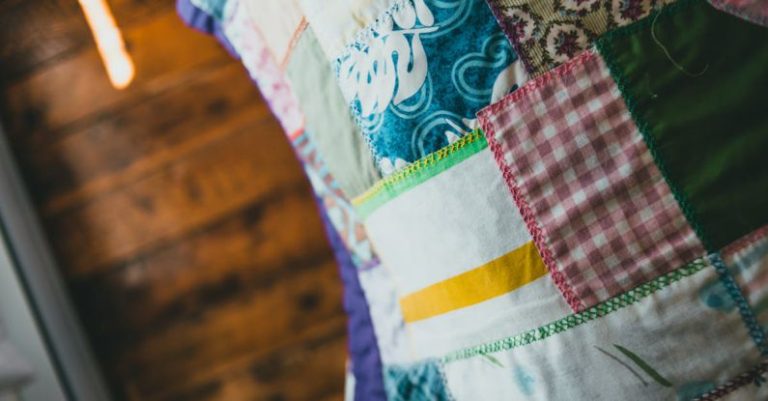
Quilt Binding: A Finishing Touch of Craftsmanship
Quilt binding is the final step in creating a beautiful quilt, providing a polished edge and securing the layers together. With the right technique, you can achieve a professional finish that enhances the overall look of your quilt. In this guide, we will walk you through the process of sewing a quilt binding, ensuring that your project is completed with precision and finesse.
Choosing the Binding Fabric
The first step in sewing a quilt binding is selecting the fabric for your binding. You can choose a fabric that complements the colors and design of your quilt or opt for a contrasting fabric for a more striking look. Ensure that the fabric is cut on the bias to allow for flexibility when sewing around the edges of the quilt.
Preparing the Binding Strips
To create the binding strips, cut your fabric into 2.5-inch-wide strips on the bias. Sew the strips together at a 45-degree angle to create a continuous length of binding long enough to go around the entire perimeter of your quilt. Press the seams open to reduce bulk and create a smooth finish.
Attaching the Binding to the Quilt
Start by placing the raw edge of the binding strip along the raw edges of the quilt, with the right sides together. Leave a tail of binding unsewn, approximately 8-10 inches long, to allow for a clean finish when joining the ends later. Sew the binding in place using a ¼-inch seam allowance, stopping a few inches before reaching the corner.
Mitering the Corners
To miter the corners of the quilt binding, stop sewing a few inches before reaching the corner. Fold the binding strip up at a 45-degree angle, creating a diagonal fold that aligns with the edge of the quilt. Then, fold the binding back down along the next edge of the quilt, creating a neat mitered corner. Continue sewing along the next edge, repeating the mitering process at each corner.
Joining the Ends
When you reach the starting point, stop sewing and trim the excess binding, leaving a tail that overlaps the starting point by a few inches. Open up the ends of the binding strips and lay them flat, right sides together. Sew along the diagonal line created by the overlap, then trim the excess fabric and press the seam open to create a seamless finish.
Finishing the Binding
To finish the quilt binding, fold the binding over to the back of the quilt and hand stitch it in place using a blind stitch or ladder stitch. Ensure that the stitches are invisible from the front of the quilt for a clean and professional look. Continue stitching around the entire perimeter of the quilt, securing the binding in place.
Embellishing the Binding
If desired, you can add decorative touches to your quilt binding, such as piping, rickrack, or lace. Simply sandwich the embellishment between the quilt top and the binding before sewing it in place. This can add a unique and personalized touch to your quilt, making it truly one-of-a-kind.
Enhancing Your Craftsmanship Through Quilt Binding
Quilt binding is more than just a finishing touch—it is a skill that requires precision and attention to detail. By following these steps and techniques, you can elevate the quality of your quilting projects and create beautiful, professional-looking quilts that showcase your craftsmanship. Remember, practice makes perfect, so don’t be afraid to experiment and refine your binding technique to achieve the best results.





